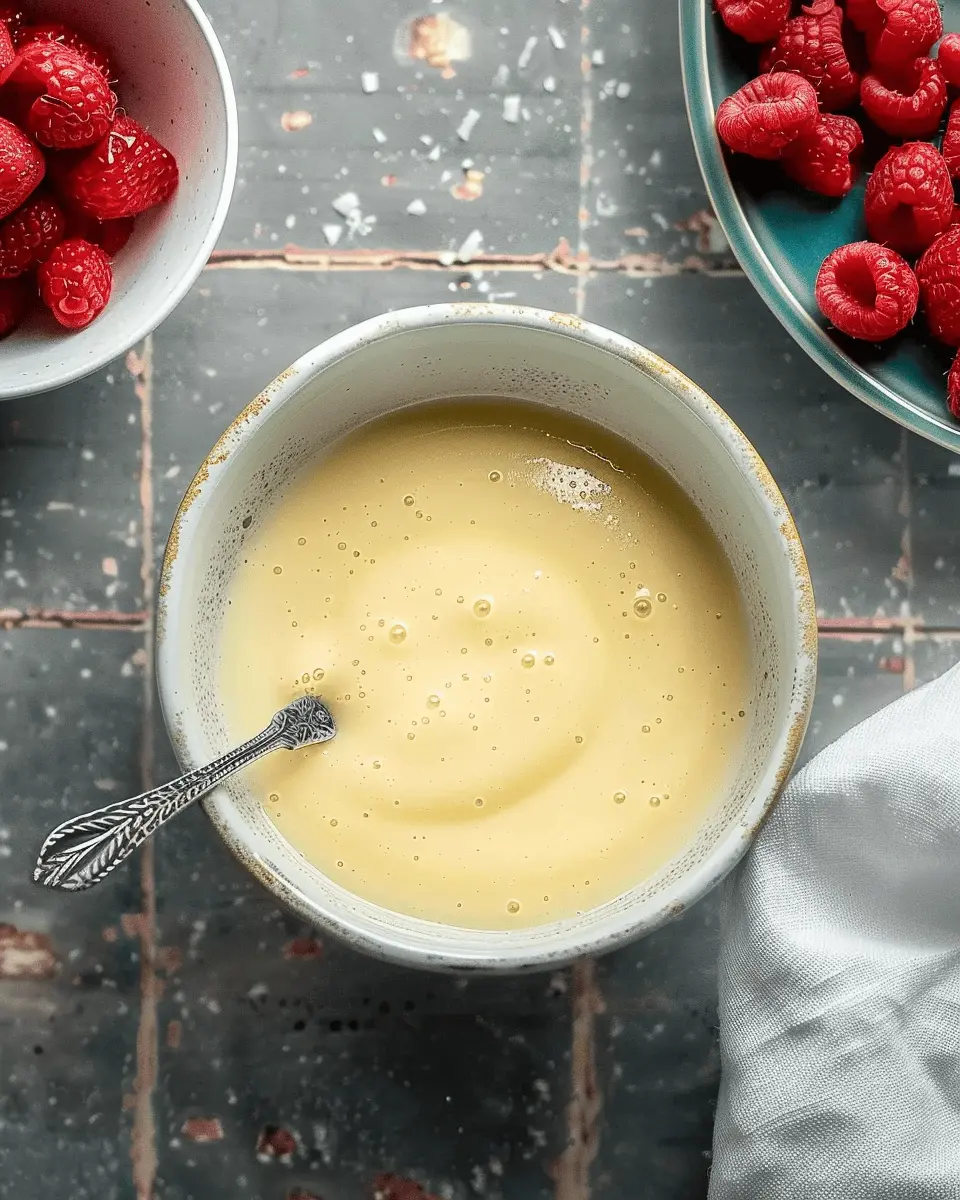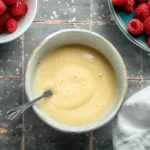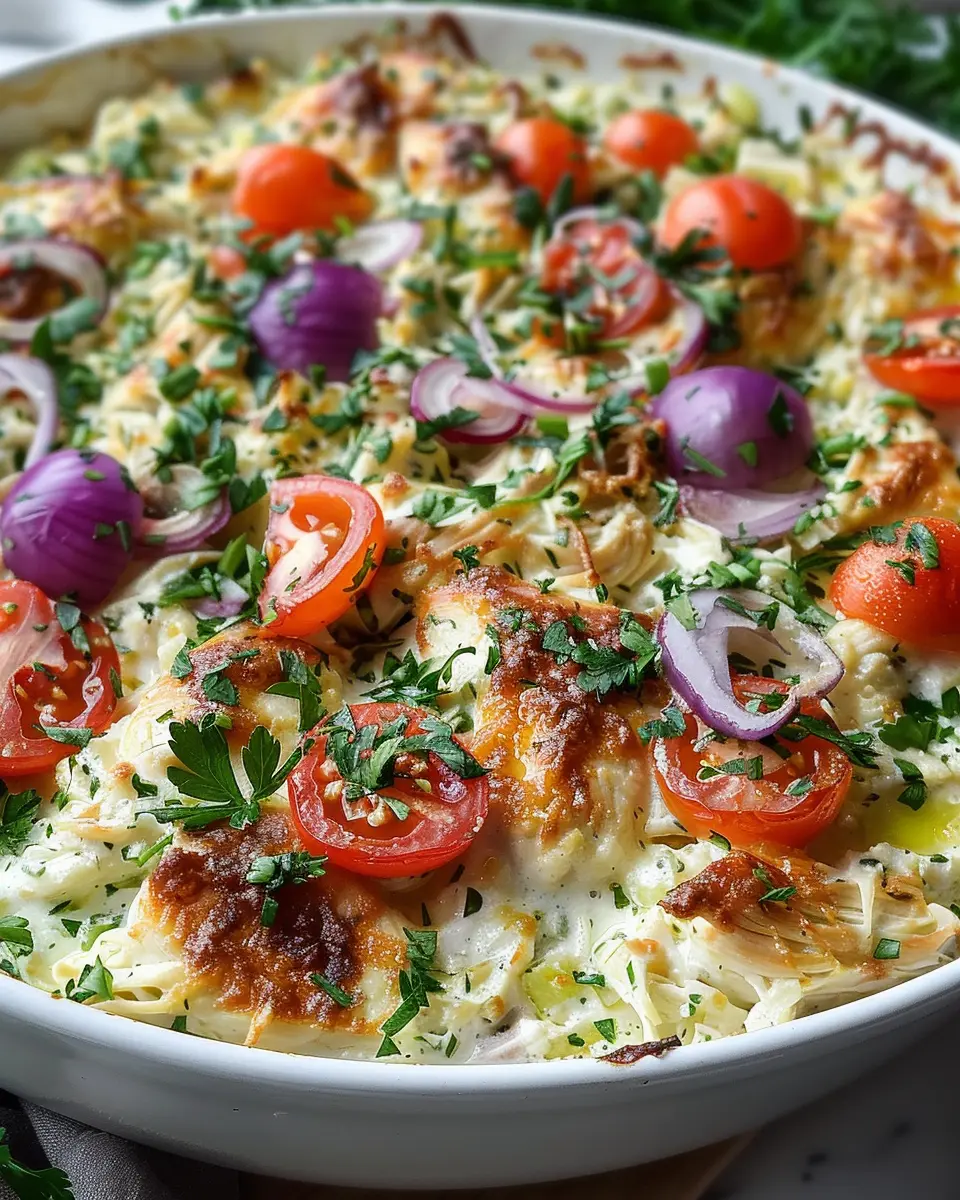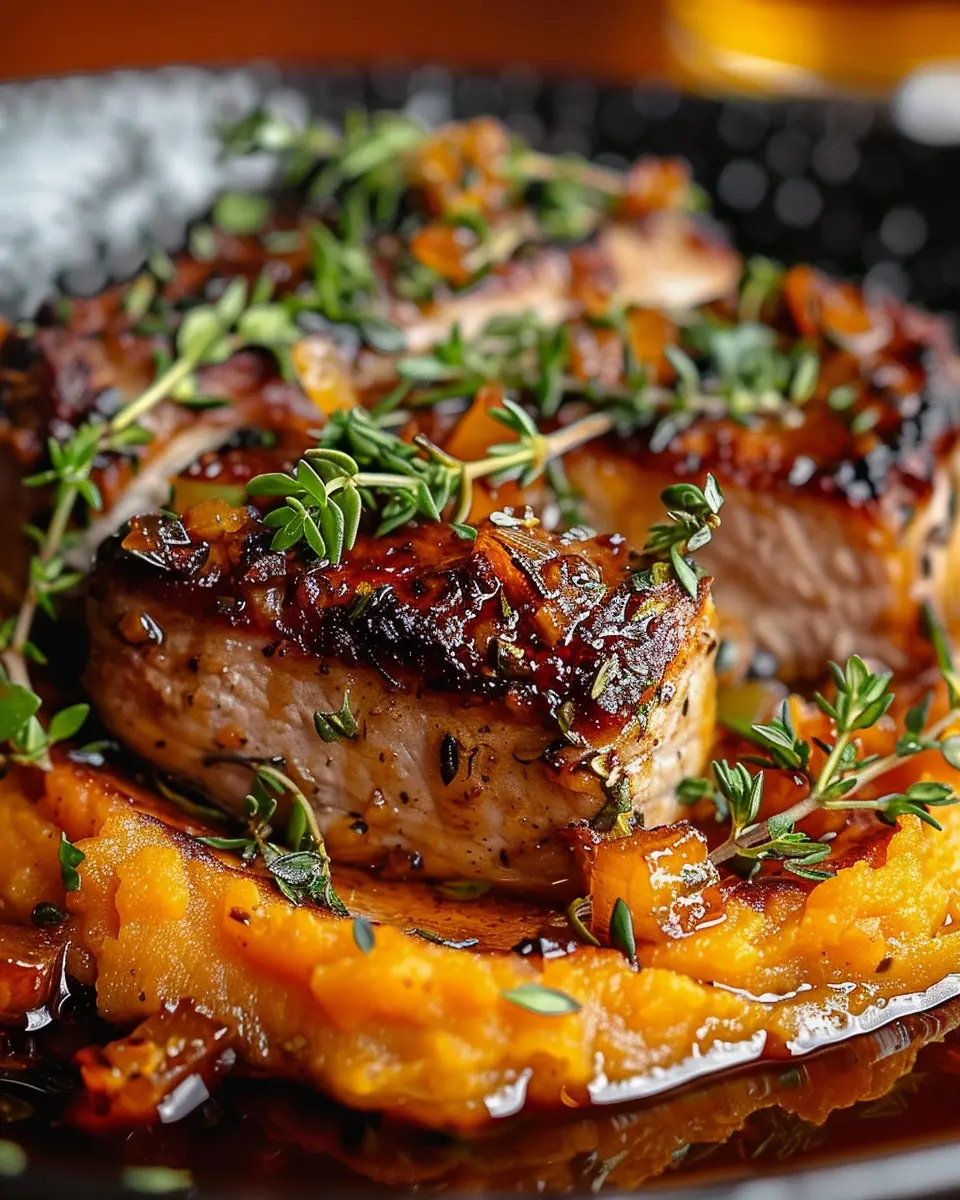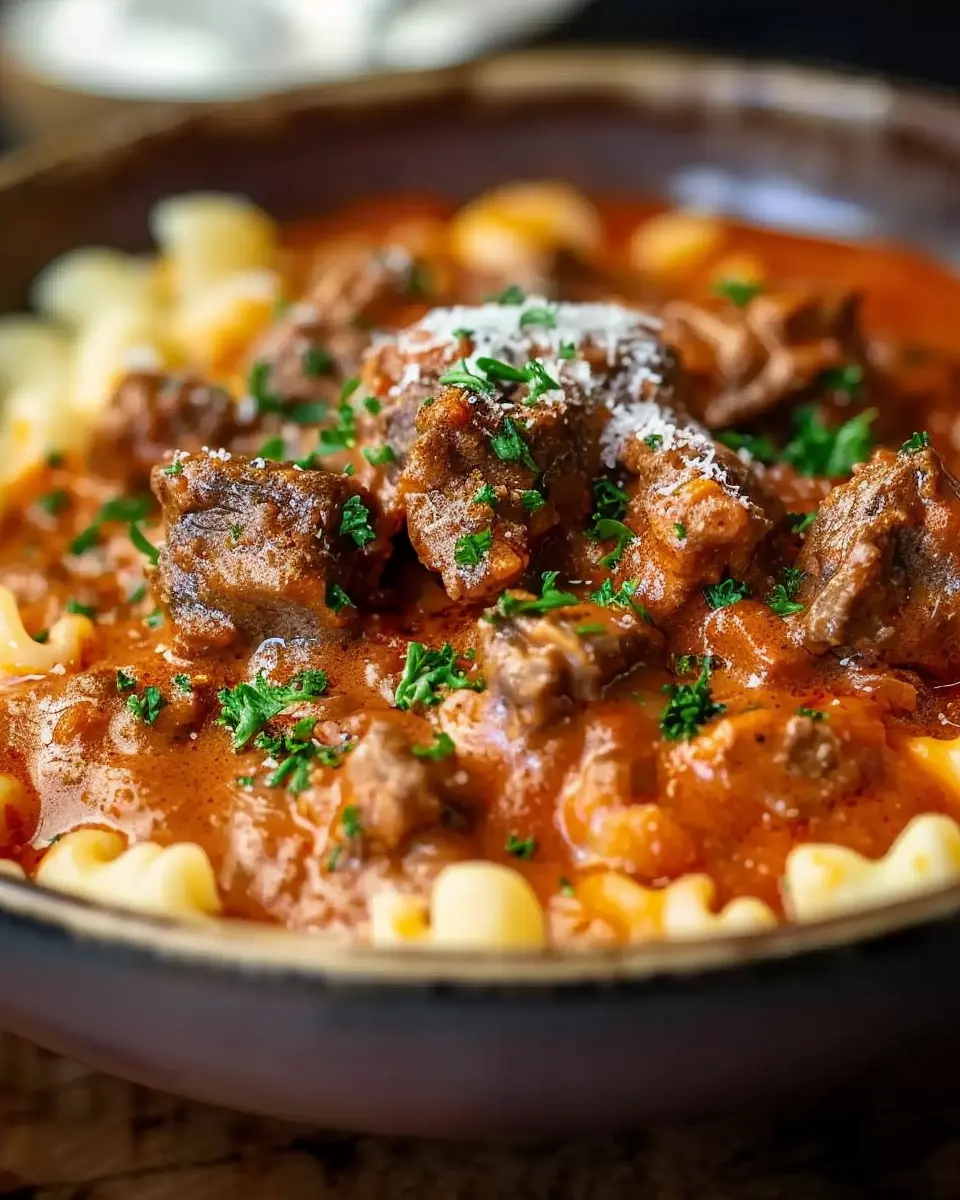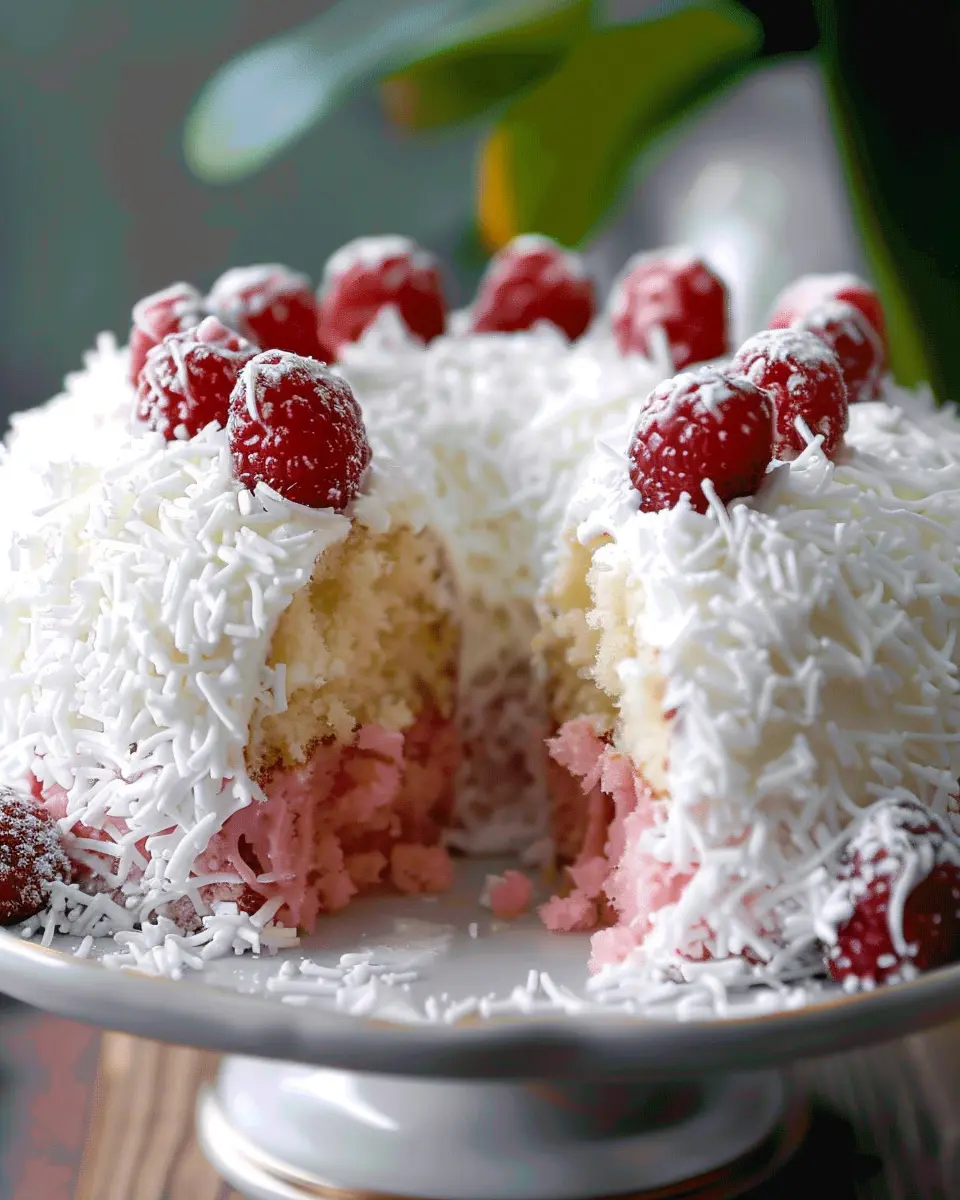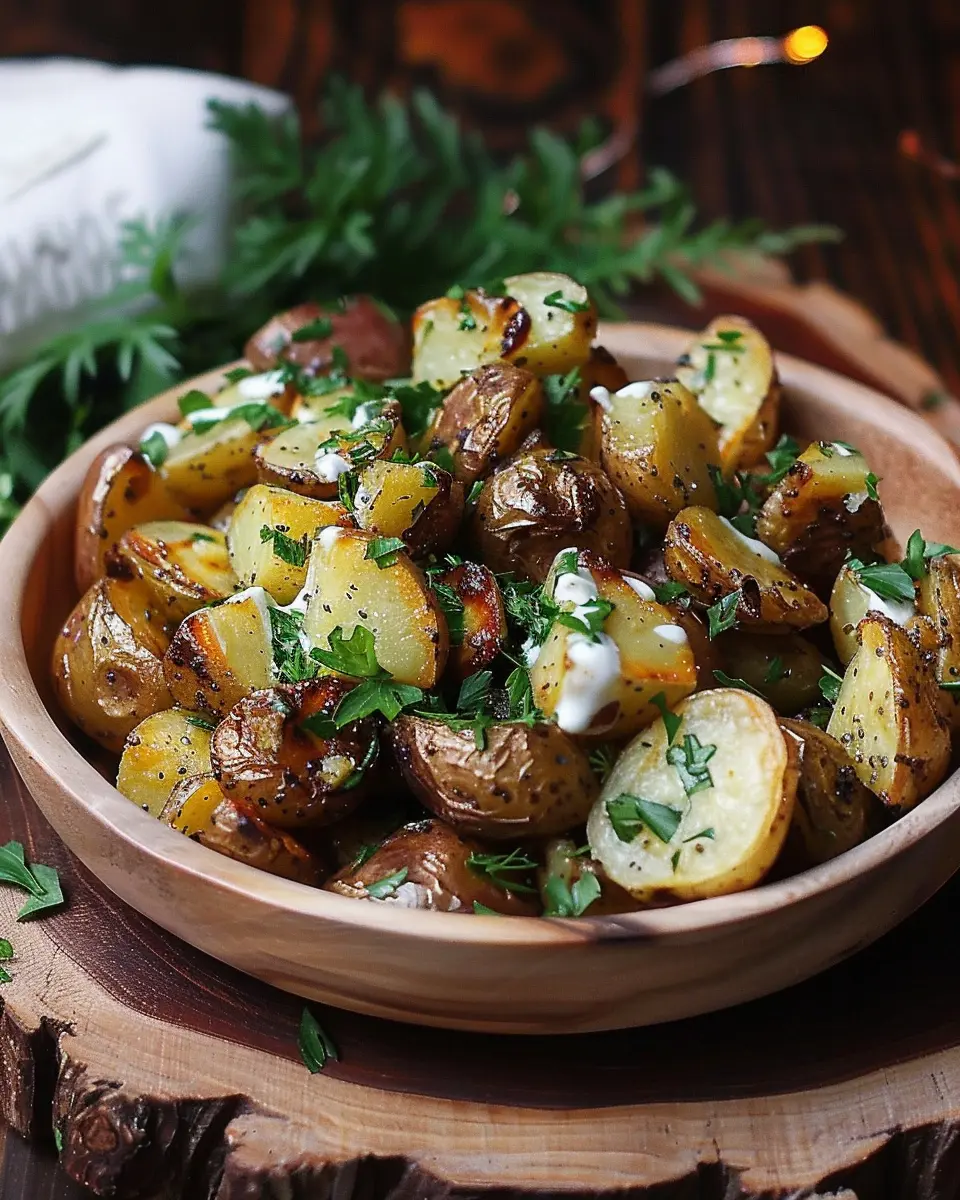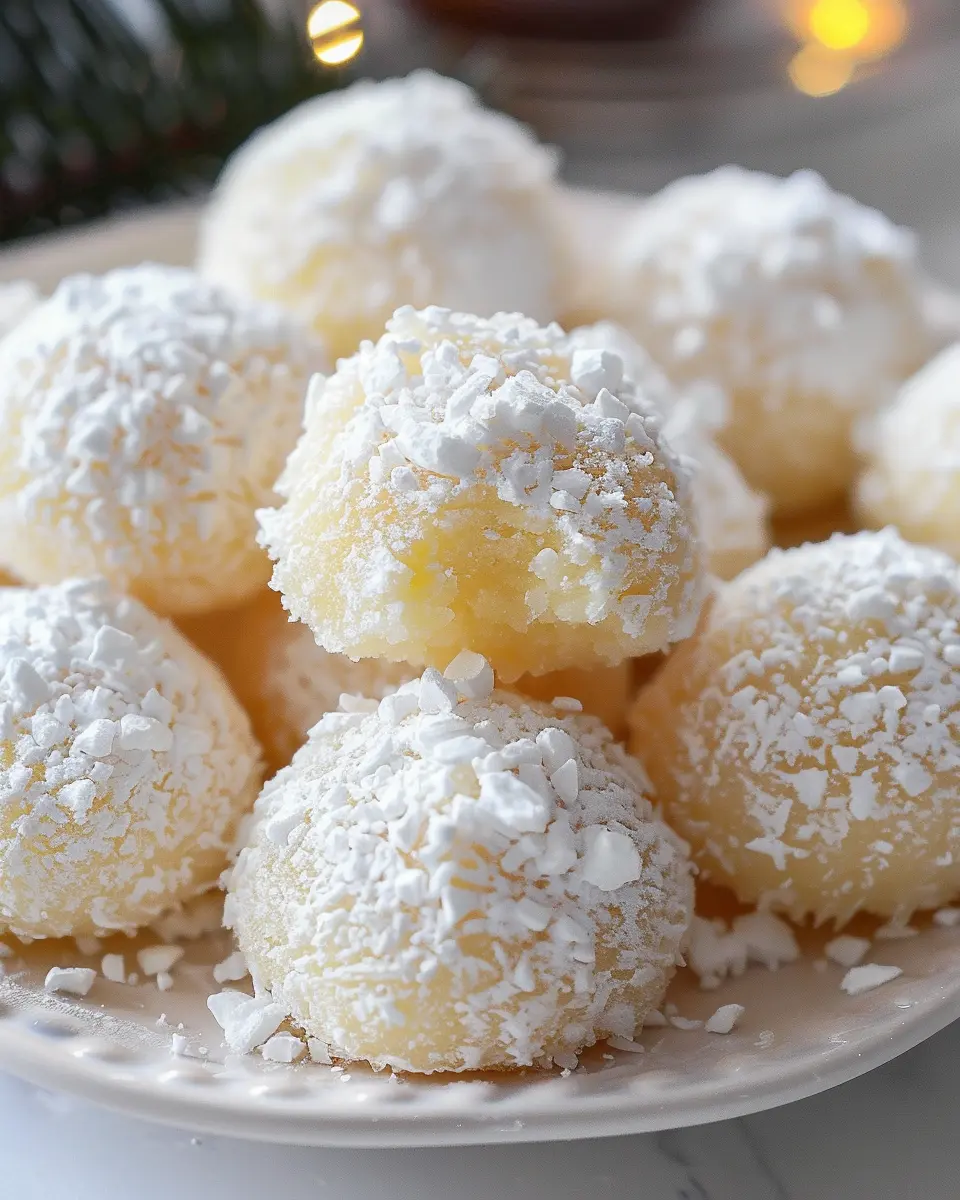Introduction to Classic Crème Anglaise
The Allure of the Perfect Custard
When it comes to classic desserts, few things can rival the silky, smooth texture of classic crème anglaise. This traditional French custard is much more than just a sauce; it’s a culinary marvel that elevates any dessert experience. Picture a drizzle of this luscious, sweet cream over a slice of rich chocolate cake or served alongside fresh berries. The simple ingredients—eggs, sugar, cream, and vanilla—are transformed into a velvety delight that has enchanted dessert lovers for centuries.
So, why is classic crème anglaise so appealing? For one, it embodies the art of balance where sweetness meets the rich, creamy flavor of egg yolks. According to pastry chef Julia Child, “A custard should be as thick as a woman’s thigh,” underscoring the importance of achieving the right consistency (for more on custard techniques, check out this culinary guide).
Creating your own smooth custard can seem daunting, but it’s truly a rewarding experience worthy of your kitchen endeavors. Anyone can master this technique with just a few key steps and a little patience. When you prepare classic crème anglaise, you’re not just cooking; you’re engaging in a beautiful process.
Here’s a fun fact: Did you know that the word “anglaise” means “English” in French? While its origins may be tied to England, the technique blossomed into a French classic that we cherish today. It showcases how culinary traditions can traverse cultures, becoming beloved across the world.
Whether you’re a seasoned chef or a curious novice, classic crème anglaise offers endless possibilities. Pour it over ice cream, use it as a base for other sweet creations, or enjoy it by itself straight from the bowl—no judgment here! So, are you ready to discover how to create this luxurious culinary staple? Follow along as we delve into the nuances, tips, and techniques that will have you whipping up delicious crème anglaise like a pro in no time.
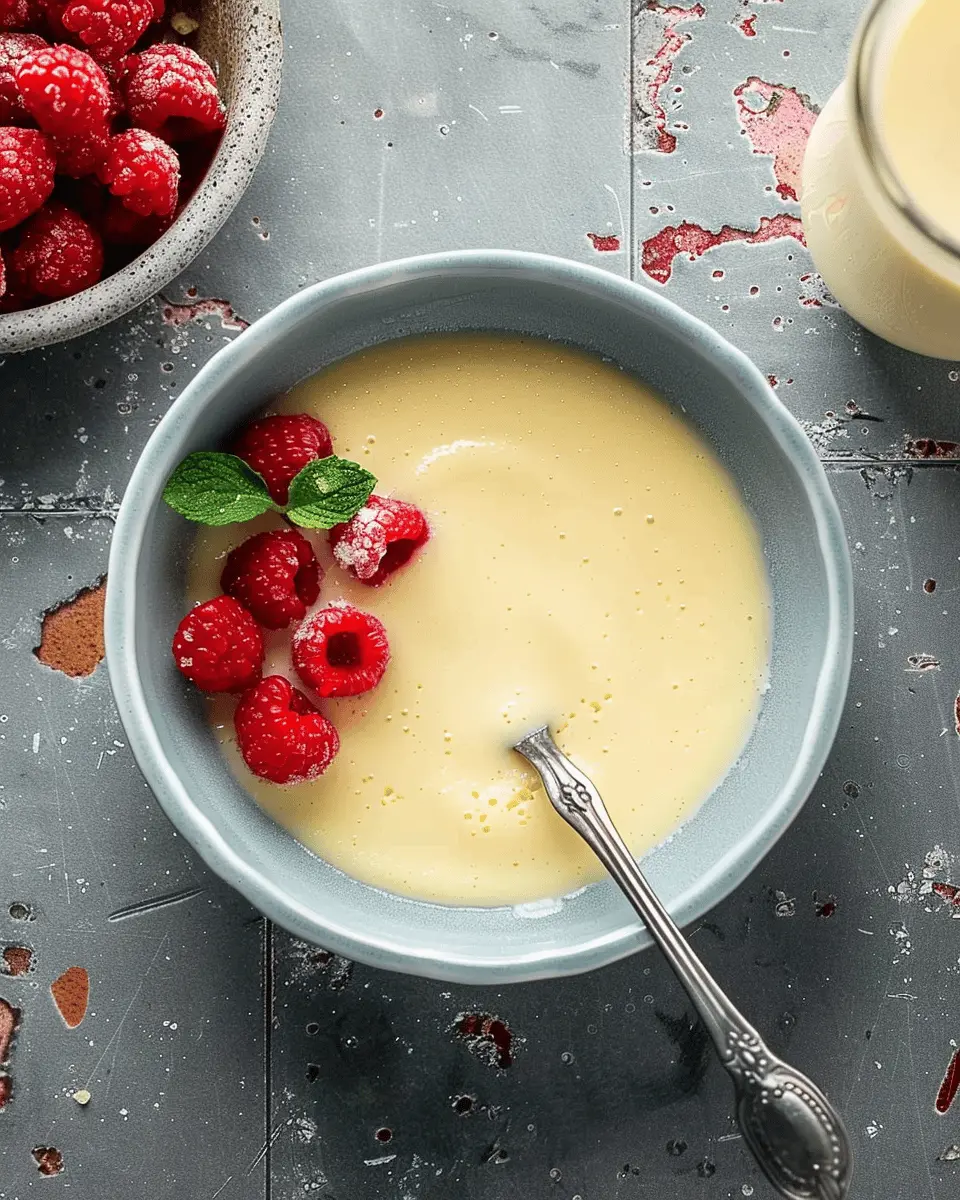
Ingredients for Classic Crème Anglaise
Essential ingredients you’ll need
Making classic crème anglaise is surprisingly simple but requires some key ingredients to achieve that velvety texture and rich flavor. Here’s what you’ll need:
- Egg Yolks: About 4 to 6 yolks, they provide the necessary creaminess.
- Granulated Sugar: 1/2 cup to add sweetness and help with thickening.
- Milk: 2 cups, full-fat works best for that luxurious feel.
- Heavy Cream: 1 cup, because who doesn’t love a little extra richness?
- Vanilla: 1 vanilla bean, or 1 tablespoon of pure vanilla extract for flavor.
These ingredients form the backbone of your classic crème anglaise. You’ll be surprised at how these simple components harmonize beautifully to create a luscious sauce.
Optional flavor additions
While vanilla is the classic choice, don’t be afraid to get creative! Consider these optional additions to elevate your dessert:
- Citrus Zest: A bit of lemon or orange zest can add a refreshing twist.
- Spices: A pinch of cinnamon or nutmeg can add warmth.
- Chocolate: Melted chocolate can create a rich chocolate sauce variation.
Feel free to explore more flavor ideas on BBC Good Food if you’re looking to customize your crème anglaise! With these ingredients in hand, you’re all set to impress at your next dinner party.
Preparing Classic Crème Anglaise
Creating a smooth and silky crème anglaise is an essential skill for any dessert enthusiast. This classic French custard sauce can work wonders drizzled over cakes, tarts, or simply enjoyed on its own. Let’s dive into the step-by-step process of making this delightful treat.
Gather and Measure Your Ingredients
Before we jump into the cooking process, it’s essential to gather all your ingredients. Believe me, having everything ready makes the cooking effortless and enjoyable. Here’s what you’ll need:
- Egg yolks: 4 large ones
- Granulated sugar: ½ cup (100 grams)
- Heavy cream: 1 cup (240 ml)
- Whole milk: 1 cup (240 ml)
- Vanilla bean or pure vanilla extract: 1 bean or 1 teaspoon
Feel free to check out resources like Serious Eats for more insights on ingredient choice. Now, let’s move on to the fun part!
Whisk the Egg Yolks and Sugar
In a mixing bowl, combine the egg yolks and sugar. Grab a sturdy whisk or an electric mixer, and whisk until the mixture is pale and slightly thickened. You’ll notice the color change—this is a good sign!
Pro tip: You can use a glass or metal bowl for this step, but avoiding plastic helps with a better temperature control later.
While whisking, you may find yourself asking, “Why is this step so important?” Well, whisking aerates the yolks and dissolves the sugar, leading to a creamy foundation for your classic crème anglaise.
Heat the Milk/Cream Mixture
In a saucepan, combine the milk and heavy cream. If you’re using a vanilla bean, split it open and scrape the seeds into the milk-cream mixture, adding the pod as well. Heat the mixture over medium-low heat until it’s steaming but not boiling—aim for a temperature around 180°F (82°C).
This is a crucial step. If it boils, the cream can curdle, and we can’t have that! As you heat the mixture, enjoy the aroma that fills your kitchen. There’s something so luxurious about the scent of warming cream—it’s like a cozy hug.
Combine and Cook to Perfection
Once your milk-cream concoction is steaming, it’s time to unite it with the egg-sugar mixture. The key here is tempering. Slowly pour the hot milk mixture into the egg yolks while whisking constantly. This gradual addition prevents the eggs from scrambling.
After you’ve poured in all the milk, return the mixture to the saucepan over low heat. Stir it constantly with a wooden spoon or a silicone spatula. The custard is ready when it thickens enough to coat the back of a spoon, around 170°F (76°C).
Again, you might wonder, “Why all this fuss over temperatures?” According to culinary experts, precise temperature control prevents the proteins in the eggs from becoming tough, ensuring a smooth texture.
Strain and Cool the Custard
Now that you have perfectly cooked custard, it’s time to strain it! This step filters out any potential lumps or bits of cooked egg, leaving you with a velvety dessert. Pour the mixture through a fine mesh strainer into a clean bowl. If you’ve used a vanilla pod, this is a great time to fish it out.
Once strained, let your classic crème anglaise cool to room temperature. You can use it right away, but it will also keep well in the refrigerator for up to three days. Just remember to cover it with plastic wrap, pressing it directly onto the surface to prevent a skin from forming.
With these steps, you’re well on your way to mastering a classic crème anglaise that will impress your friends and elevate your desserts. Let’s get saucy!
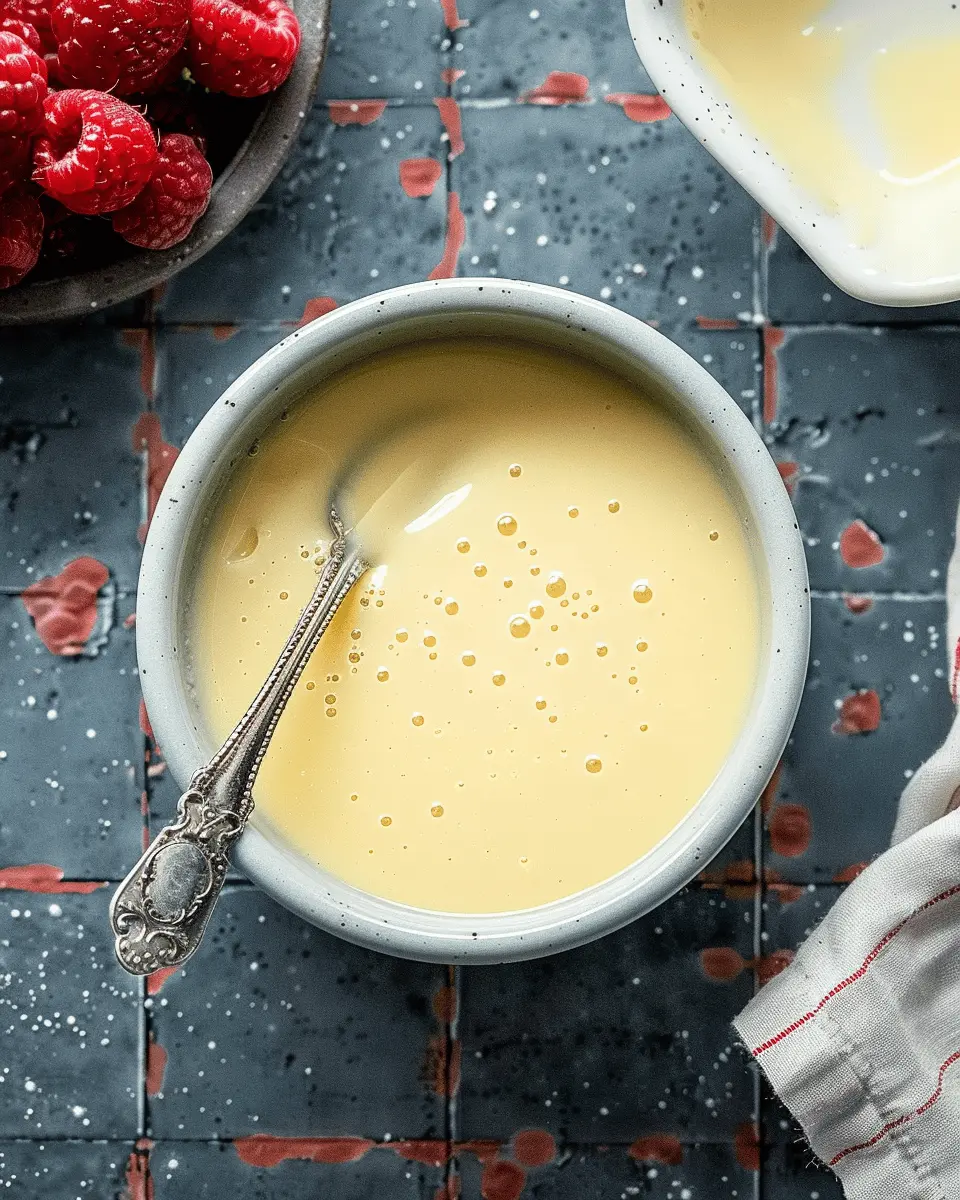
Variations on Classic Crème Anglaise
Classic crème anglaise is incredibly versatile, and playing with flavors can elevate it from a simple sauce to a delightful experience. Here are some delicious variations to inspire your culinary creativity.
Vanilla Bean Crème Anglaise
Let’s start with the traditional. Using vanilla beans lends a depth of flavor that’s hard to beat. To make vanilla bean crème anglaise, simply split a vanilla pod lengthwise, scrape out the seeds, and add both the seeds and pod to your cream mixture. This not only infuses a rich vanilla aroma but also gives your sauce those beautiful little specks. Trust me—this will impress your guests! For more on the magic of vanilla, check out what Vanilla Food Company has to say about sourcing the best beans.
Chocolate Crème Anglaise
Looking for something a bit more luxurious? Try chocolate crème anglaise. This variation is perfect for pairing with desserts like lava cake or fruit tarts. Simply melt high-quality dark chocolate and whisk it into your classic crème anglaise. The result is a creamy, chocolatey delight that many find irresistible. Phil Vickery provides great tips on how to choose the right chocolate for your recipes.
Citrus-Infused Crème Anglaise
If you’re in the mood for brighter flavors, consider a citrus-infused crème anglaise. Add a bit of zest from oranges or lemons to your milk and cream mixture. You can even steep the zest for a more robust flavor. This zesty twist complements light summer desserts beautifully and adds a refreshing note. Discover more about the benefits of incorporating citrus in desserts with insights from Serious Eats.
Whether you choose to stick with the classic or opt for one of these variations, your crème anglaise will surely impress!
Cooking Tips and Notes for Classic Crème Anglaise
Avoiding Common Mistakes
When making classic crème anglaise, it’s easy to make a few rookie mistakes. One common pitfall is overheating the mixture. Remember, you want a gentle simmer, not a rolling boil. If you see bubbles, reduce the heat immediately! Additionally, whisking constantly while you combine the eggs with the hot milk is crucial for avoiding scrambled eggs. If you’re not careful, you’ll end up with a grainy texture — not what you want for this silky custard.
Tips for Achieving the Right Consistency
Getting the perfect consistency of classic crème anglaise requires patience. Here’s how you can nail it:
- Temperature Matters: Aim for a temperature of around 180°F (82°C) when heating. Use a food thermometer to be precise.
- The Coat Test: Dip a spoon into the mixture; if it coats the back and you can draw a line through it with your finger, it’s just right!
- Strain for Smoothness: Always strain your custard through a fine mesh sieve to catch any bits of cooked egg, ensuring a luxuriously smooth finish.
Feeling stuck? Check out this expert guide by the Food Network for additional tips on custard techniques! Remember, patience is key when creating delicious classic crème anglaise.
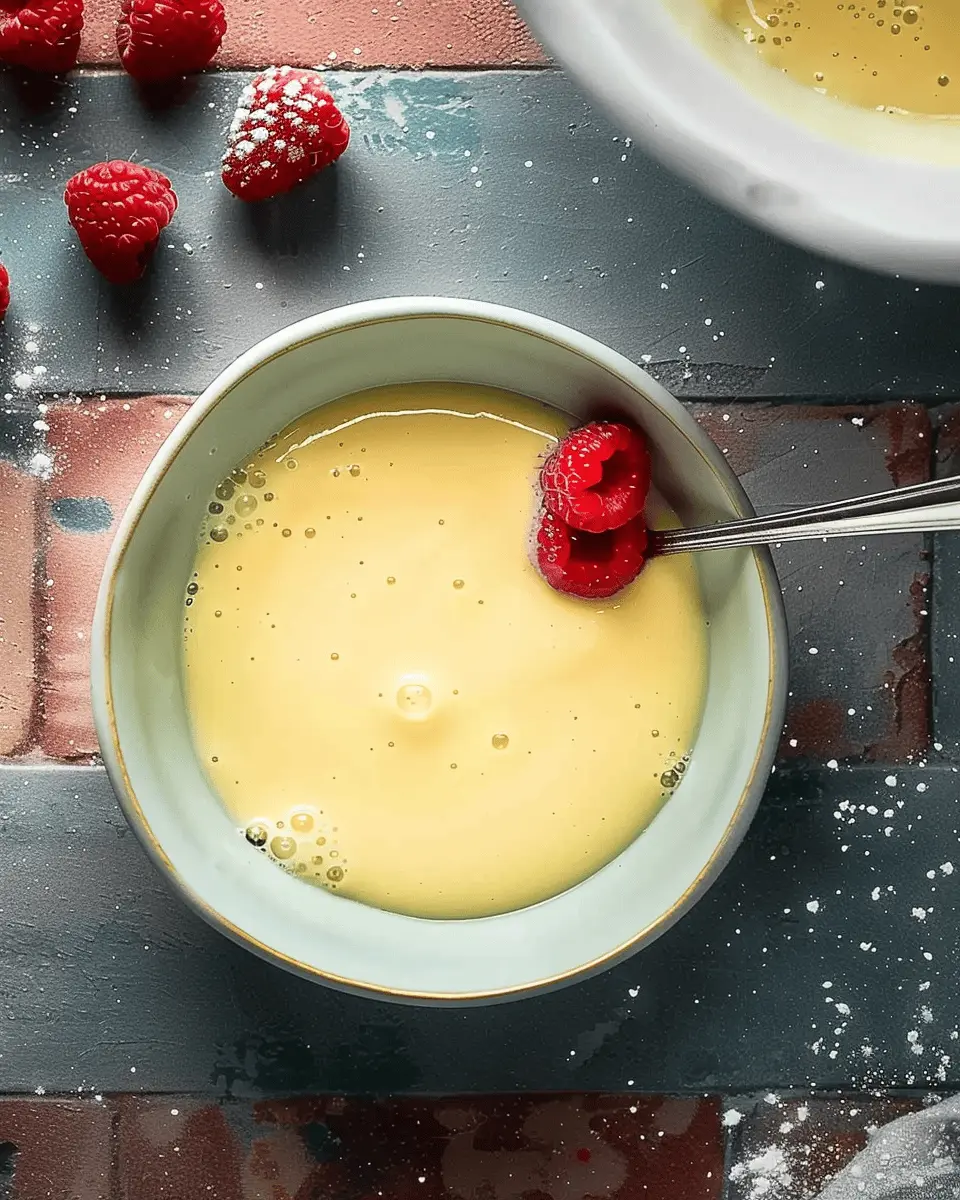
Serving suggestions for Classic Crème Anglaise
Pairings that elevate your dessert
When it comes to serving classic crème anglaise, the right pairings can truly transform your dining experience. This luxurious custard sauce wonderfully complements several flavors. Consider pairing it with:
- Fresh fruits: Think strawberries, raspberries, or poached pears. The acidity of the fruit balances the creaminess of the sauce beautifully.
- Chocolate desserts: Drizzling crème anglaise over a slice of rich chocolate cake or a warm brownie creates a delightful contrast.
- Panna cotta or cake: For an indulgent treat, serve it alongside lemon sorbet or sponge cake to add an extra layer of flavor.
For more great pairing ideas, check out this guide from BBC Good Food.
Creative plating ideas
Presenting your classic crème anglaise in an enticing way can elevate its appeal. Here are some creative plating ideas you might enjoy:
- Layered in a glass: Alternate layers of crème anglaise with layers of fruit or cake for a stunning visual.
- Use a squeeze bottle: Drizzle the sauce artistically on the plate to create a sophisticated restaurant-style presentation.
- Garnish with herbs: Fresh mint or basil adds a pop of color and a burst of freshness.
Have fun experimenting! Each small detail enhances the overall experience, making your dessert not just a dish but a memorable moment at the table.
Time breakdown for Classic Crème Anglaise
Preparation Time
Making classic crème anglaise is easier than it sounds! You’ll need about 10 to 15 minutes to gather your ingredients and combine them. This includes measuring out your creamy milk, eggs, and vanilla, as well as setting everything up.
Cooking Time
The cooking process itself will require approximately 15 to 20 minutes. It’s essential to cook slowly over low heat, stirring constantly until the mixture thickens. This gentle approach prevents the eggs from scrambling and ensures a silky-smooth texture.
Total Time
All in all, you can expect the total time for your classic crème anglaise to be around 30 to 35 minutes. It’s a delightful way to impress your friends at dinner parties or enrich your dessert repertoire.
If you’re looking for tips on perfecting this custard sauce, check out The Kitchn’s guide to crème anglaise for expert insights!
Nutritional Facts for Classic Crème Anglaise
When you’re diving into a classic crème anglaise, it’s helpful to know what you’re indulging in. Let’s break down the essentials:
Calories
A typical serving of classic crème anglaise holds about 200 calories. While it may not be a low-calorie option, it’s a deliciously rich choice that can elevate your desserts.
Fat Content
This silky custard boasts around 10 grams of fat per serving, primarily from the egg yolks and heavy cream. While these fats contribute to its luxurious texture, moderation is key when enjoying this treat.
Sugar Content
With approximately 20 grams of sugar in each serving, the sweet notes of classic crème anglaise come from the added sugar. This sweetness pairs beautifully with more bitter elements, such as dark chocolate or coffee.
For a deeper dive into the nutritional benefits of ingredients like egg yolks or heavy cream, check out resources like Healthline and NutritionData. Understanding the balance of flavors and nutrients can help you savor this delightful classic without guilt!
FAQs about Classic Crème Anglaise
Can I make crème anglaise ahead of time?
Absolutely! Classic crème anglaise can be prepared a day in advance. Simply cool it to room temperature, then store it in an airtight container in the refrigerator. When you’re ready to use it, just give it a gentle stir to restore its silky texture. This is a perfect way to save time, especially if you’re planning for special occasions or home dinners.
How do I fix a broken crème anglaise?
So, you’ve experienced the heartache of a broken crème anglaise? Don’t fret! This can happen if the mixture has been cooked too quickly or at too high a temperature. To rescue it, try blending the sauce. Just pour the broken crème anglaise into a blender and blend on medium speed for about 30 seconds. This can help to emulsify it back together. If it’s still too thin, gently reheat it while whisking continuously until thickened, but be careful not to overcook it again!
What desserts pair well with crème anglaise?
Classic crème anglaise is incredibly versatile and can elevate a variety of desserts. Here are a few ideas to consider:
- Chocolate Lava Cake: The rich, molten chocolate pairs beautifully with the creamy custard.
- Poached Pears: The lightness of the crème anglaise complements the sweetness of the pears.
- Bread Pudding: Drizzle it over warm bread pudding for added moisture and flavor.
Looking to explore more? Check out Serious Eats’ dessert ideas for tips on how to incorporate crème anglaise into your sweet creations.
By addressing these common questions, you’ll feel more confident in crafting and enjoying your classic crème anglaise. Happy cooking!
Conclusion on Classic Crème Anglaise
The final touch to your dessert dreams
In the world of desserts, classic crème anglaise is the secret weapon that elevates any dish. This silky custard is not just a sauce; it’s an experience that ties together layers of flavor and texture. Whether you’re drizzling it over a slice of cake or serving it as a dipping sauce for fresh fruits, its versatility is unmatched.
As you master this timeless recipe, don’t hesitate to experiment. Consider pairing it with flavors like vanilla or orange zest to add a fresh twist. And remember, a well-executed crème anglaise can transform a simple dessert into a stunning culinary masterpiece.
For more insights on perfecting your dessert game, check out resources like Serious Eats or Bon Appétit. Happy cooking!
PrintClassic Crème Anglaise: Irresistibly Creamy and Easy to Master
A rich and smooth classic crème anglaise recipe that is easy to master and perfect for desserts.
- Prep Time: 15 minutes
- Cook Time: 15 minutes
- Total Time: 30 minutes
- Yield: 4 servings 1x
- Category: Desserts
- Method: Stovetop
- Cuisine: French
Ingredients
- 2 cups heavy cream
- 1 cup whole milk
- 1 cup granulated sugar
- 6 large egg yolks
- 1 teaspoon vanilla extract
Instructions
- In a saucepan, combine the heavy cream and milk over medium heat. Stir occasionally until the mixture is hot, but not boiling.
- In a separate bowl, whisk together the sugar and egg yolks until the mixture is pale and creamy.
- Slowly add the hot cream mixture to the egg yolk mixture, stirring constantly to temper the eggs.
- Pour the mixture back into the saucepan and cook over low heat, stirring constantly, until it thickens enough to coat the back of a spoon.
- Remove from heat and stir in the vanilla extract.
- Strain the mixture through a fine-mesh sieve into a bowl to remove any curdled bits.
- Let it cool completely before serving.
Notes
- For added flavor, consider infusing the milk with different spices, like cinnamon or nutmeg.
- This sauce can be used with various desserts, including cakes, pies, and ice cream.
Nutrition
- Serving Size: 1/2 cup
- Calories: 200
- Sugar: 18g
- Sodium: 75mg
- Fat: 14g
- Saturated Fat: 8g
- Unsaturated Fat: 4g
- Trans Fat: 0g
- Carbohydrates: 22g
- Fiber: 0g
- Protein: 3g
- Cholesterol: 180mg
Keywords: Classic Crème Anglaise

